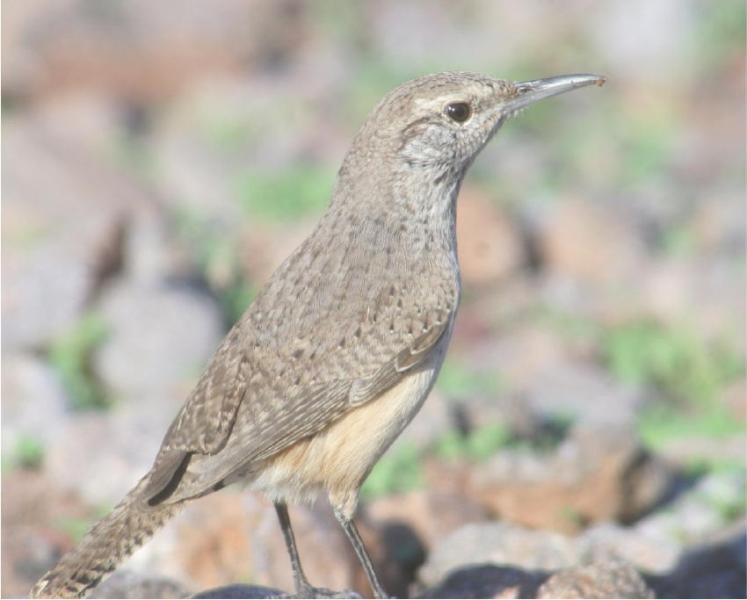Masking Factors
By Dave Hanks
MASKING FACTORS are those items in a habitat that compensate for conditions that might prevent a specific species from surviving in that habitat. Example: The tiger is normally a cold climate animal, but the Bengal Tiger lives in hot, hot India. They keep close to forested (shady) areas which have access to water. The mid-day hours are spent languishing in that water. The ponds are one of the tiger’s masking factors and are essential for its survival in India.
Wind allows Mountain Goats to stay safe from predators in the winter. The vegetation on wind-swept cliffs is now assessable to the goats, and they can feed without descending into dangerous bottom-lands.
Large rocks can be an important masking factor for Marmots and Pika – vegetarians that could find food more easily in more open areas. Too far away from the rocks, and they become the food for carnivorous enemies.
The little Rock Wren also uses large rocky areas. It is an insectivore and spider eater. Not only will it take insects out of spider webs that are formed on the rocks, but will also eat the spider. As a ground feeder, it is vulnerable to overhead, as well as terrestrial predators, and the rocks provide a handy escape. The bird will make a pathway out of small, flat stones (a pavement so to speak) to its nest cavity within the boulders. The exact reason for this behavior is not known.
Two interesting side notes about this species are: 1 - It never drinks. It gets the necessary moisture from the insects it consumes and 2 – Its ability to sing. They are quite the songsters. They have a repertoire of over 100 different variations to their song.
(A Rock Wren in his camouflaged coat)
|
